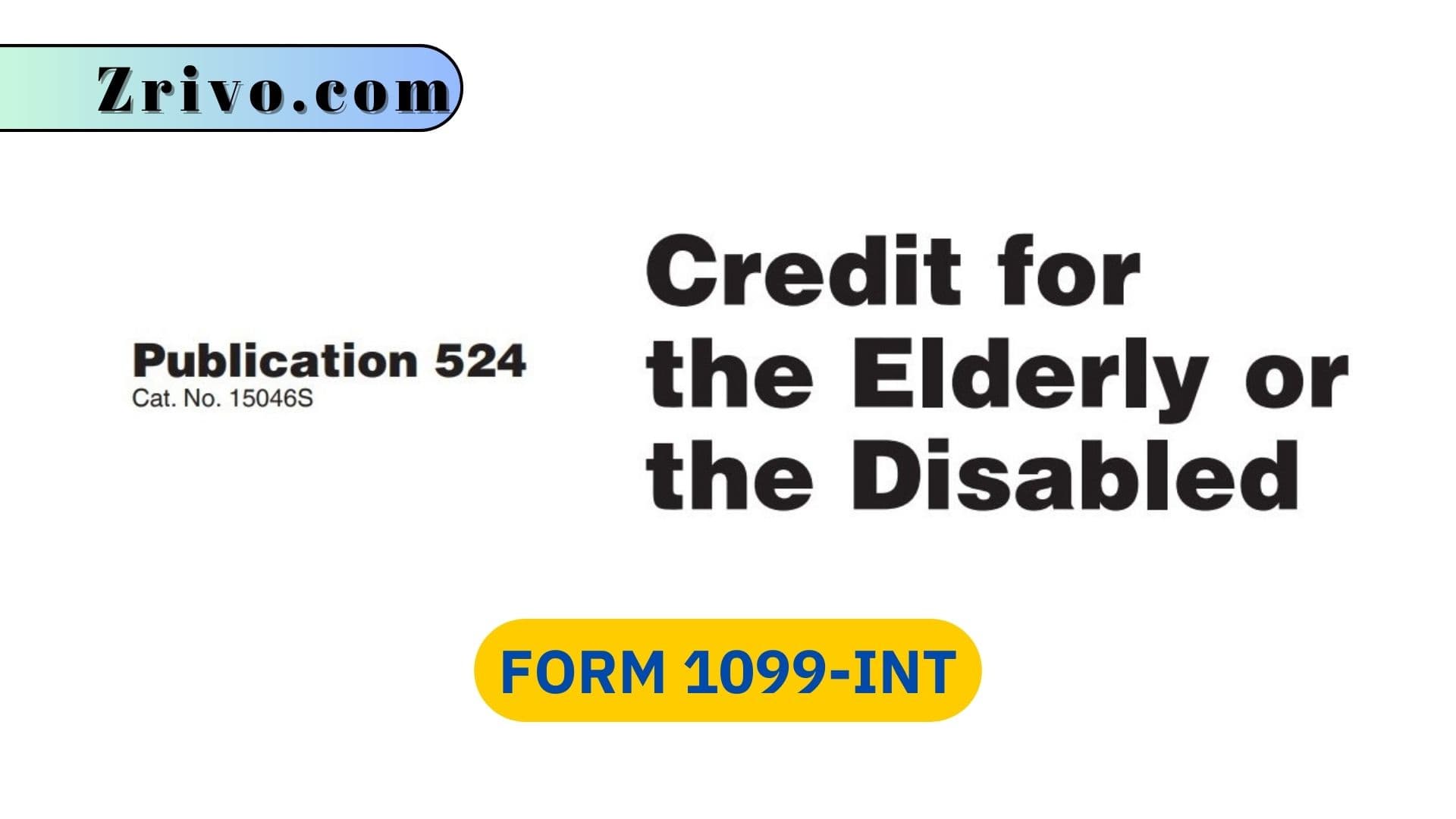
Publication 524 is an informative document released by the IRS that specifically addresses the Credit for the Elderly or Disabled. It serves as a comprehensive guide for individuals who meet the eligibility requirements to claim this credit on their federal income tax returns. The publication outlines the criteria for qualification, explains how to calculate the credit, and provides examples and additional resources to assist taxpayers in understanding and applying for this tax benefit.
Publication 524 covers various aspects related to the Credit for the Elderly or Disabled. Here are some important areas highlighted within the publication:
- The publication explains individuals’ specific requirements to qualify for the credit. It details the age restrictions for the elderly and the criteria for determining disability, ensuring taxpayers can assess their eligibility accurately.
- Publication 524 provides clear instructions on how to calculate the credit amount. It outlines the necessary income thresholds, adjusted gross income (AGI) limitations, and applicable formulas, allowing taxpayers to determine the potential credit they may receive.
- The publication provides insights into the types of income that may be excluded when calculating the credit, such as nontaxable Social Security benefits, certain pensions, and disability benefits. This information is crucial for accurately assessing eligibility and calculating the credit amount.
- Publication 524 explains the specific filing requirements for claiming the credit. It details the necessary tax forms, such as Form 1040 or Form 1040-SR, and provides step-by-step instructions to ensure accurate reporting.
- The publication also addresses the interaction between the Credit for the Elderly or Disabled and other tax benefits. It clarifies how claiming this credit may impact other deductions or credits, ensuring taxpayers comprehensively understand their overall tax situation.

Key Provisions and Benefits
The Credit for the Elderly or Disabled can significantly reduce an individual’s tax liability. The publication provides detailed information on how to calculate the credit amount based on a taxpayer’s filing status, income level, and disability status. It highlights the potential benefit of this credit, which can provide substantial tax relief for eligible individuals.
Publication 524 serves as a valuable resource for tax planning. By understanding the criteria and calculations associated with the credit, taxpayers can assess their potential eligibility and make informed decisions about their financial situation. This can lead to more effective tax planning strategies, allowing individuals to optimize their overall tax position.
The Credit for the Elderly or Disabled can significantly enhance the financial stability of eligible individuals. By reducing their tax burden, the credit frees up funds that can be utilized for essential expenses, medical bills, or savings. This financial relief can alleviate the economic strain often faced by seniors and individuals with disabilities.
One of the significant benefits of Publication 524 is its user-friendly language and accessibility. The IRS aims to make tax-related information easily understandable for all taxpayers, including those with limited tax knowledge or disabilities. The publication’s clear explanations, examples, and additional resources ensure that individuals can navigate the complexities of tax laws effectively.